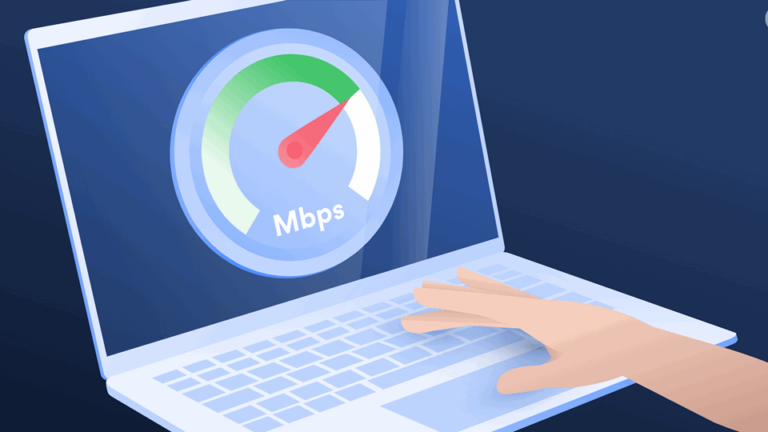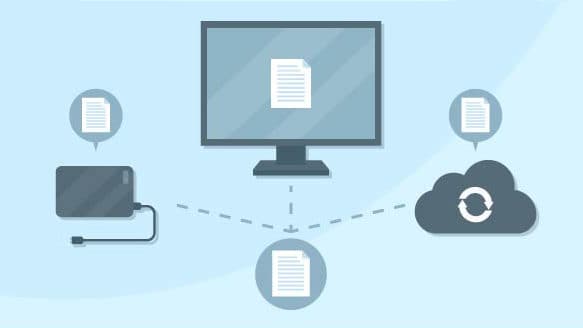Recently, we had a client who dealt with a sudden death in the family. In addition to all the stress and grief caused by it, they had to get access to the accounts and devices, and it wasn’t easy feat! We will all deal with death sooner or later, so let’s consider what happens to your digital data after you’re gone.
Death is often a difficult topic to confront. Most of us prefer to avoid it, and if we plan for it at all, we usually focus on creating a will or specifying our funeral preferences. However, in today’s digital age, there’s another element to consider – your digital footprint.
Think about the vast amount of personal information stored on your devices: photos, files, emails, and social media activity. From your smartphone to your laptop, data is continuously being recorded. Even virtual assistants like Alexa and Google Home collect data on your preferences and behaviors, much of which is stored in the cloud.
Many people overlook the question: What happens to all this data when I die? Do you want it deleted, passed on to family members, or handled in another specific way? At the very least, photos, videos, emails and other personal content could hold significant sentimental value for your loved ones. So, let’s dive into what you can do to safeguard your digital legacy.
Personal Files on Your Computer or Phone
Your personal devices are likely protected by passwords, which is necessary for security, but it can complicate access for your family after your passing. Resetting Windows or macOS passwords was relatively easy in the past, but nowadays, most computers are encrypted, and unless you have access to the Apple or Microsoft account, recovering the data will be almost impossible. Phones are even more challenging, since all of the modern smartphones are encrypted by default.
One way to ensure your data is accessible is to keep a copy of your passwords in a secure location that your loved ones can access in case of your death. Another option is to use a password manager. Many services, such as LastPass or 1Password, allow you to designate a trusted person as a backup contact. This feature ensures that they can access your passwords in the event of your death.
LastPass Family Plan allows to share essential passwords (like those for utilities and bank accounts) with each other. One critical feature is emergency access: if one of family members becomes incapacitated or dies, the other can request access to all the digital content after a certain amount of time has passed. This gives peace of mind, knowing that essential data won’t be lost forever.
What Happens to Your Cloud Accounts?
In today’s world, much of our personal and private information is stored in the cloud – whether that’s through Google, Microsoft, Dropbox, or other cloud services. This data could include emails, calendar entries, GPS information, and even financial details.
Thankfully, some providers have features in place to handle inactive accounts. For example, Google’s Inactive Account Manager lets you plan ahead. You can decide when Google should consider your account inactive, what should happen to your data, and whether you want to grant access to someone else. You can even provide contact details for a trusted individual to manage your account or have the account deleted altogether.
Microsoft used to have Next of Kin and send you a DVD containing the data from the Outlook.com account. Unfortunately, it has been discontinued. Other cloud providers, such as Dropbox, require proof of death and legal rights to access the data, sometimes even a court order. But even with all these steps, there’s no guarantee that your personal data will be completely removed from their servers—it may still exist in backup systems or other datasets.
Social Media Accounts: More Than Just Memories
What happens to your Facebook, Instagram, or Twitter accounts after you die? Most social media platforms won’t release login credentials to anyone, even with a death certificate. Instead, they often have processes in place for memorializing or deactivating accounts.
For example, Facebook and Instagram offer account memorialization options. This feature allows friends or followers to view and post memories, while the public cannot access your page. You can also assign a legacy contact to manage the account after you pass away or request that the account be deleted entirely.
Protecting your social media profiles is vital to prevent misuse. Without proper controls, someone could hijack your account, as happened to a New York Times media columnist’s Twitter after his death. His account was taken over by a “sexy spambot,” which caused further distress to his family and friends. Planning ahead can save your loved ones from such issues.
Managing Your Digital Legacy
Planning for your digital legacy might not be at the top of your to-do list, but it’s something to seriously consider. Think of the potential confusion, stress, and heartache you can save your loved ones by organizing your digital affairs. Whether it’s securing your personal files, ensuring your digital assets can be accessed, or safeguarding your social media accounts, taking the time to plan now will provide peace of mind for both you and your survivors.
The steps above are much easier to execute if others can get access to your email and phone, which would usually be enough to reset other passwords if needed! Consider making a proper plan to protect your digital footprint today. Whether you choose to use a password manager, assign emergency contacts, or utilize account inactivity tools, managing your digital legacy is a key part of modern estate planning.







